This week You! uncovers the magnificent art of stone inlay - pietradura ...
interior
This week You! uncovers the magnificent art of stone inlay - pietradura ...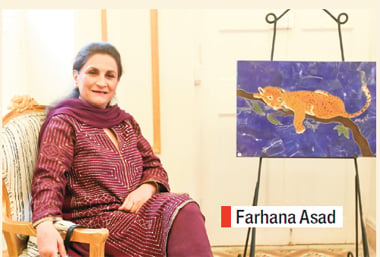
It was in the early 1980s that Farhana Asad found herself mesmerised by a small box that she found in the antique bazaar in the city of Peshawar. It was this box that led her to a master artisan, from whom she learnt the skill of pietradura or stone inlay, and developed her passion for its preservation. She views it as a bridge between the past and the present, both through the exploration of traditional and modern design, as well as through the artisans from Afghanistan and Peshawar that she has subsequently trained.
Later, her daughter Meherunnisa Asad joined in the creative work of her mother and together they formed Lel. “Lel is a collaborative space between artisan and designer, founded by my mother Farhana Asad almost two decades ago, and now run in collaboration with myself as Creative Director. I see this act of the preservation of an ancient cultural tradition as a healing mechanism, a way to sustain belief which is older than (and beyond) the devastation of the region’s sustained conflict, war and migration. To the Afghan refugees that Lel works with, it provides more than the simple security of paid work - it is a craft rooted in what they call home, and what they are familiar with - the mountains - the heart of stone. Where so much is lost in movements and migrations, yet there is something of history, of culture, and of home to which they are able to hold on,” explains Meherunnisa.
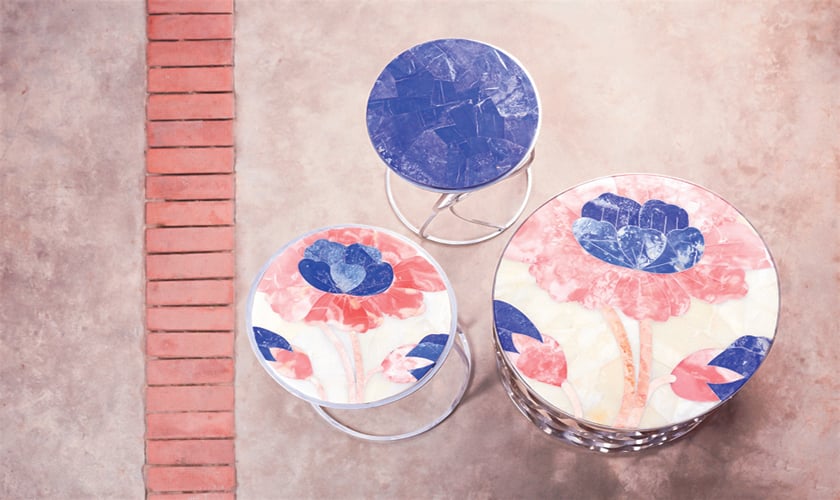
Lel excels in the art of pietradura or stone inlay - also referred to as parchinkari in South Asia. The art originated out of the ancient Roman opus sectile technique. Later it not only found its revival, but also reached its highest pinnacle of development in the hands of the Florentines during the Italian Renaissance of the 16th century. To them, this act of the meticulous cutting and fitting of stones (opere di commessi) into intricate and exquisite forms was synonymous with the act of painting - ‘painting in stone’. Within the century, pietradura found its spread extending to Russia, Iran and across the South Asian region, into Afghanistan, India and Pakistan, under the patronage of the Mughals.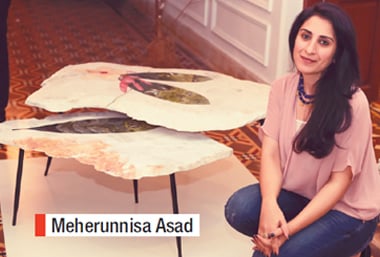 “We specialize in creating statement furniture, home accents and jewellery. Our palette includes a range of semiprecious stones (onyx, jasper, agate, jade, serpentine, sandstone) and exclusive marbles sourced from the mountains of Pakistan. Whereas lapis lazuli is sourced directly from the Badakhshan province in Afghanistan, malachite from South Africa and turquoise from Iran,” elaborates Meherunnisa.
“We specialize in creating statement furniture, home accents and jewellery. Our palette includes a range of semiprecious stones (onyx, jasper, agate, jade, serpentine, sandstone) and exclusive marbles sourced from the mountains of Pakistan. Whereas lapis lazuli is sourced directly from the Badakhshan province in Afghanistan, malachite from South Africa and turquoise from Iran,” elaborates Meherunnisa.
Stone is a challenging medium. About what fascinates the mother daughter duo to work with this medium, Meherunnisa says, “Da Karin kar ta da Karin zrepakar de which means You need a heart of stone to work stone. This statement was made to me by one of the artisans who worked with us. In the translation of languages, the nuances that are responsible for the conferring of poignancy are often lost. However, the power and beauty of these words made a strong impact on me. I understood in that moment the connection between his words and his craft, one that requires not only the nimble, cajoling touch of the artisan, but also the endless patience and perseverance (the unrelenting heart, consistent as stone), that is necessary to see it through to its end.”
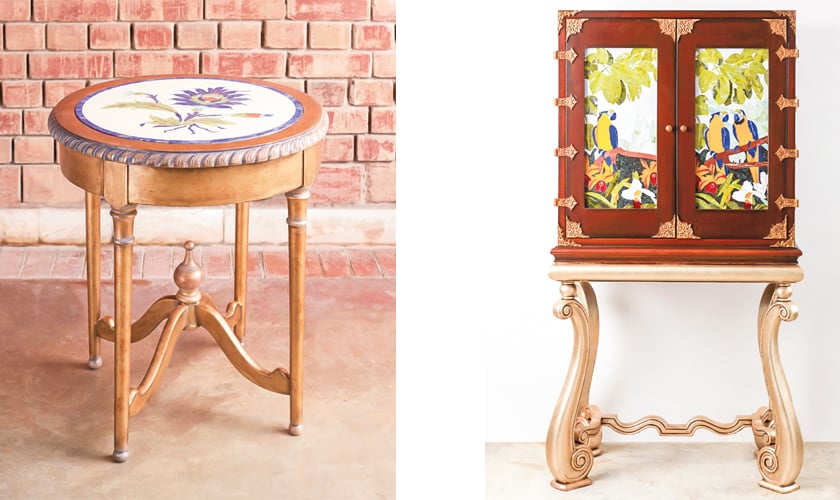
“It seems ironic, or in some way contradictory, that matters of the heart and of the spirit should arise out of and be addressed by an art form that is rooted in a material as rigid and hard, as stone. This is the same contradiction that arises when viewing the physical form that these works take - soft and beautiful floral patterns, in which the colour and form intermingles, makes it clear why the Florentines called it ‘painting in stone’. Whether modern or traditional, there is softness, an organic nature that is carefully considered and meticulously rendered. Pieces are left unfinished until the perfect stone reveals itself, with its perfect tones and hues bringing the piece to completion.
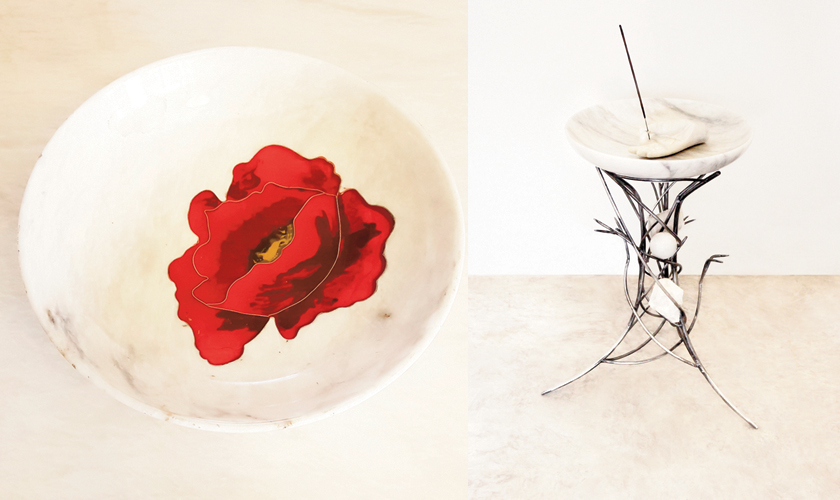
“The creator is thus as much at the mercy of the stone as it is to his touch. It is no wonder that this becomes a labour of love, more than anything else. Love, by its very nature, holds within it this very beauty of discovery, and an infinite patience,” shares Meherunnisa.
Lel has showcased its work both within Pakistan and internationally. Their most recent exhibition, ‘The Heart of Stone’, was held at the impressive HSY Mansion. The exhibition presented a comprehensive showcase of hand-crafted pietradura works. This exhibition straddled both past and present, in keeping with their ethos and larger vision, coming together within three categories of aesthetics: Heritage, Contempo, and Lazhward. “Lel is not simply an act of preservation, but also one of progression, through which the ancient art of pietradura is not only disallowed from being forgotten, but is also pushed forward into its contemporary evolution,” concludes Meherunnisa.